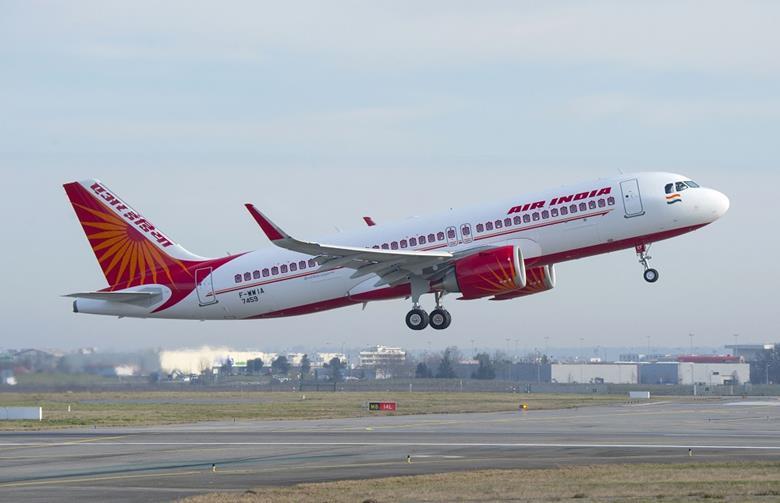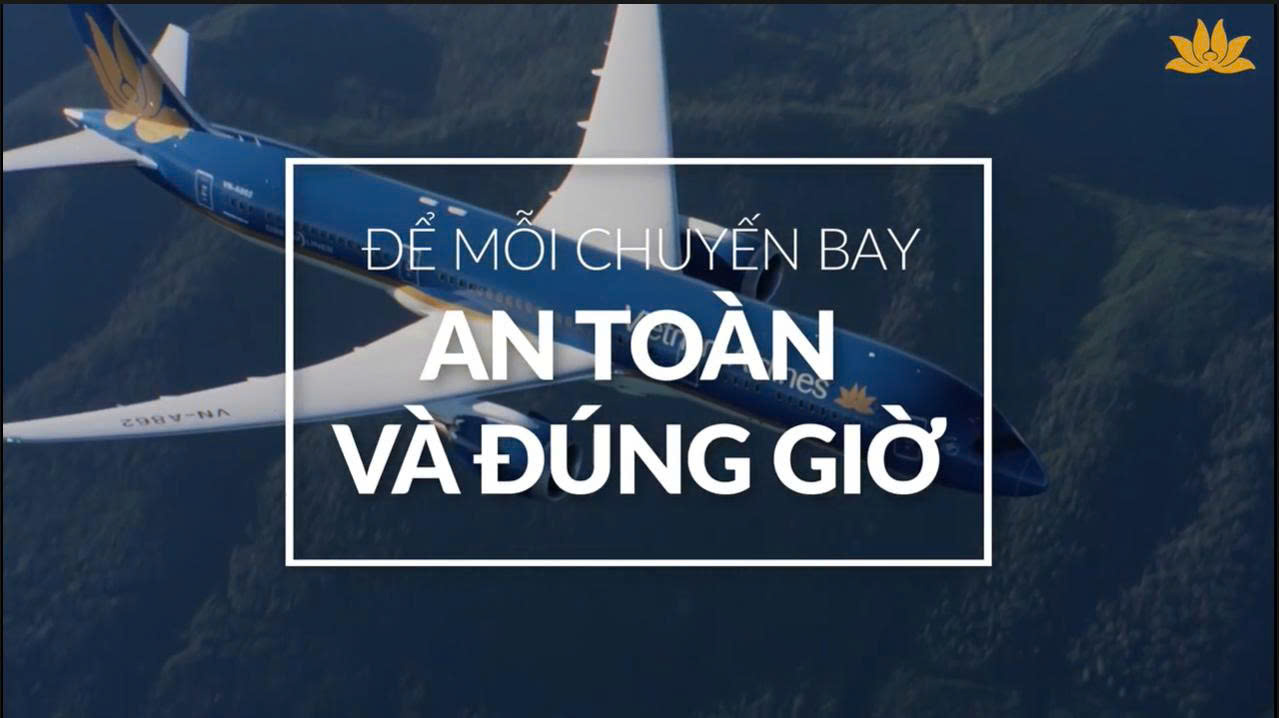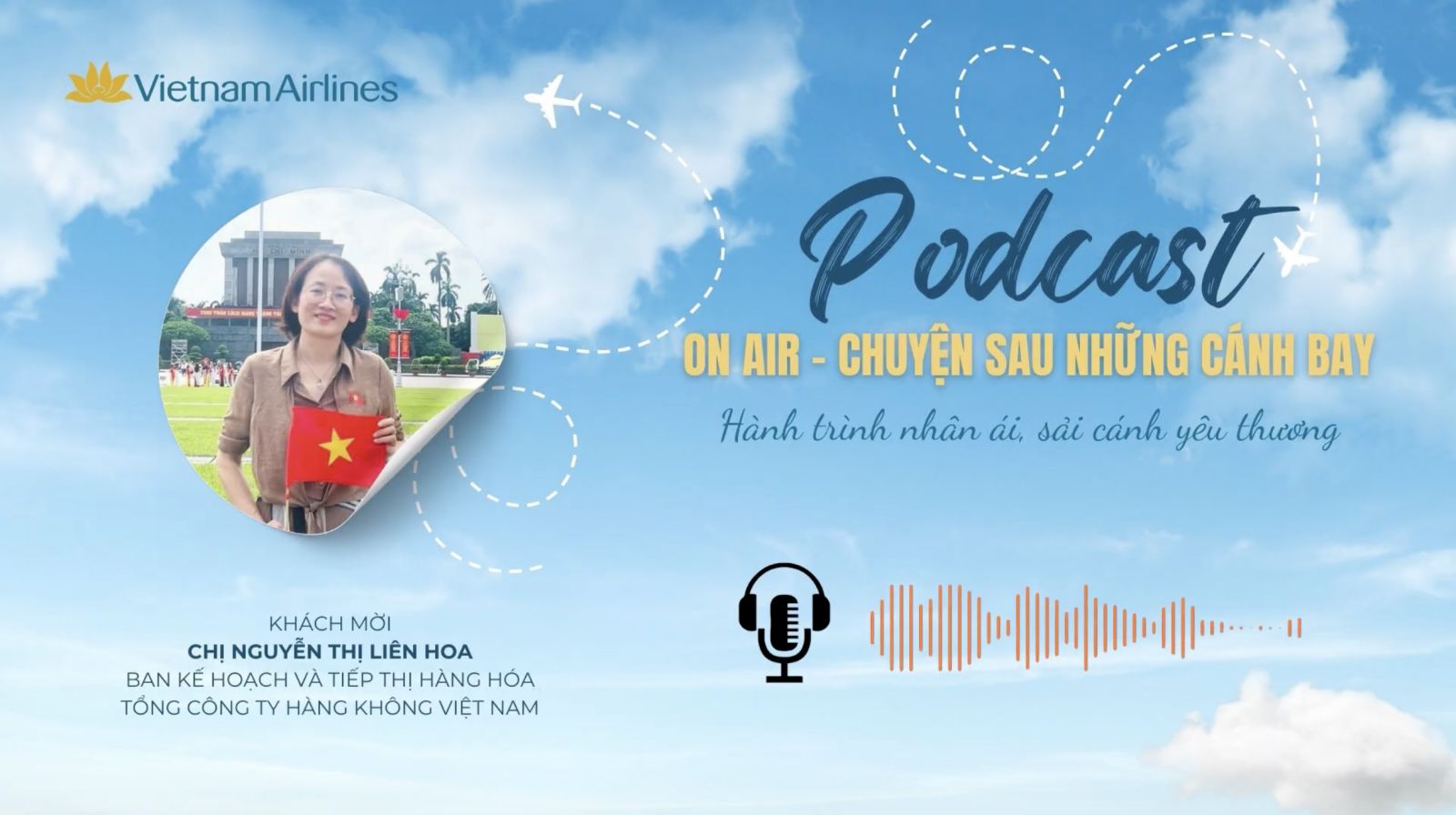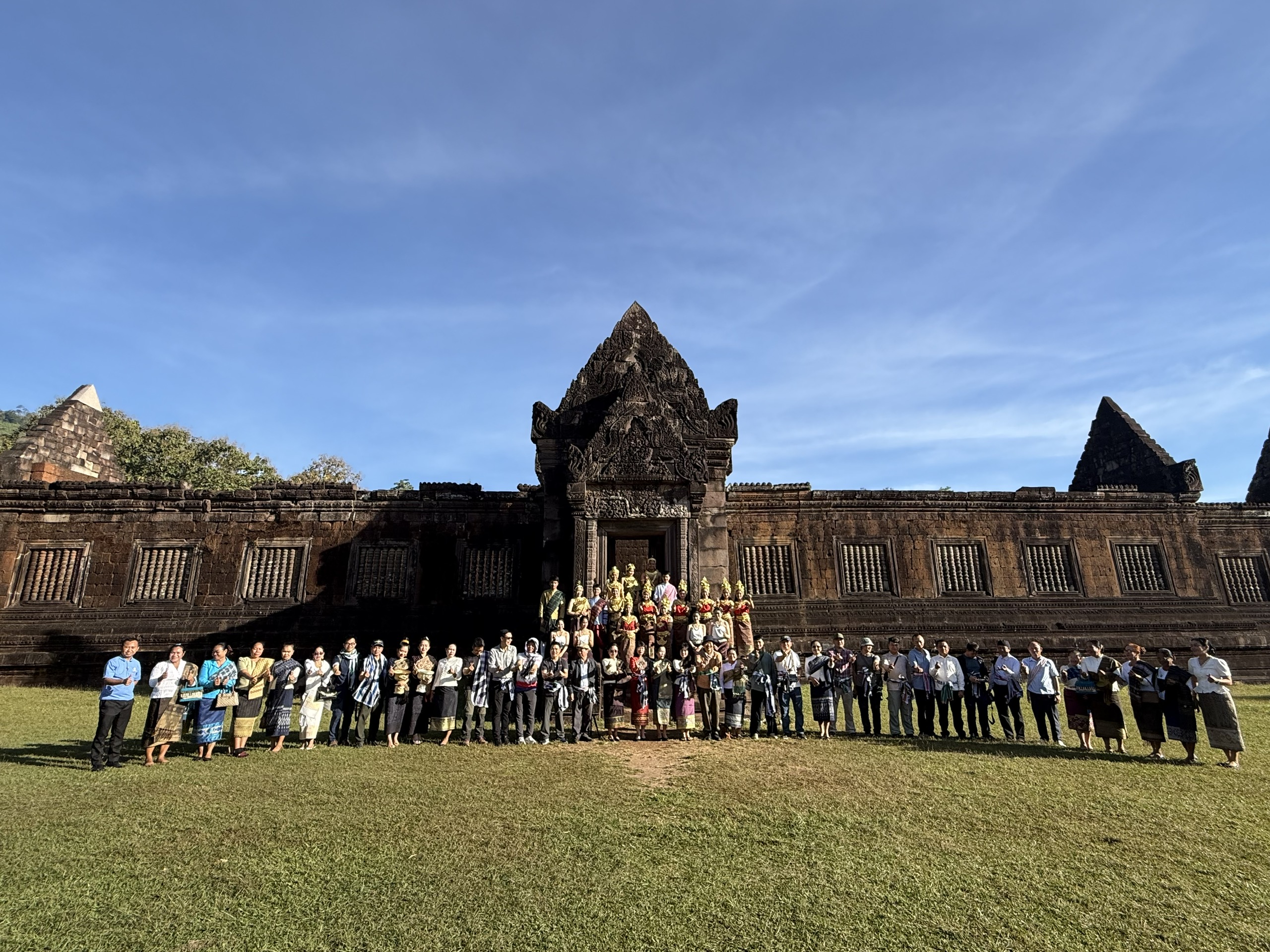According to India’s Ministry of Civil Aviation, 19 April saw 170,000 domestic passengers flying. This is down from the roughly 280,000 who flew on 21 March, and well off the over 400,000 domestic travellers Indian airlines regularly carried on a typical day before the pandemic.

Domestic bookings in India are down 30-40% across all airlines (Photo: wikimedia)
In a research update, ICICI Securities notes that the average daily domestic passengers fell to just 193,000 for the week ended 17 April, down from 232,000 a week earlier.
“Rising Covid cases and increasing lockdown restriction from various states will remain an overhang on air traffic,” it says.
India is in the grip of a massive coronavirus resurgence. According to the Johns Hopkins University, the country saw 260,000 cases on 19 April, bringing its seven-day average to 233,000.
Vaccinations – viewed by some as essential for a full recovery – have yet to make much impact. Although 110 million have received their first dose of Covid-19 vaccine, this represents just 8% of the country’s population. Only 17 million, or 1.3% of the population, is fully vaccinated.
Complicating things further is a so-called ‘double-mutant’ strain of the virus that has emerged in India. It is regarded as both more infectious and more resistant to vaccines.
Highlighting the broader impact of Covid-19 on airlines, government statistics show that Indian airlines flew 23 million passengers in the first quarter of 2021, compared with 33 million a year earlier – domestic passenger operations were suspended from 25 March onwards last year.
In regard to domestic market share, IndiGo was the dominant carrier for the first three months of the year, carrying 54% of all passengers, followed by SpiceJet with 12.6% and Air India with 11.2%.
Ambit Capital analyst Varun Ginodia maintains that the Indian airline market is still ripe for consolidation, with six airlines possibly reducing to just three by the end of the year.
He expects that Tata Group, which owns majority stakes in Vistara and AirAsia India, will likely acquire Air India. Ultimately, this will see Air India merged with Vistara, and AirAsia India merged with Air India Express. This, he expects, would give Tata a market share of 25%, providing it with scale, while IndiGo would have 55%. SpiceAir and GoAir would have around 15-20%, well below pre-Covid 19 levels of 25~30%.
In addition to the challenges created by the Covid-19 resurgence, India’s airlines are still restricted to operating just 80% of their pre-Covid-19 capacity.
Cre: Flight Global
Nguyen Xuan Nghia – COMM










